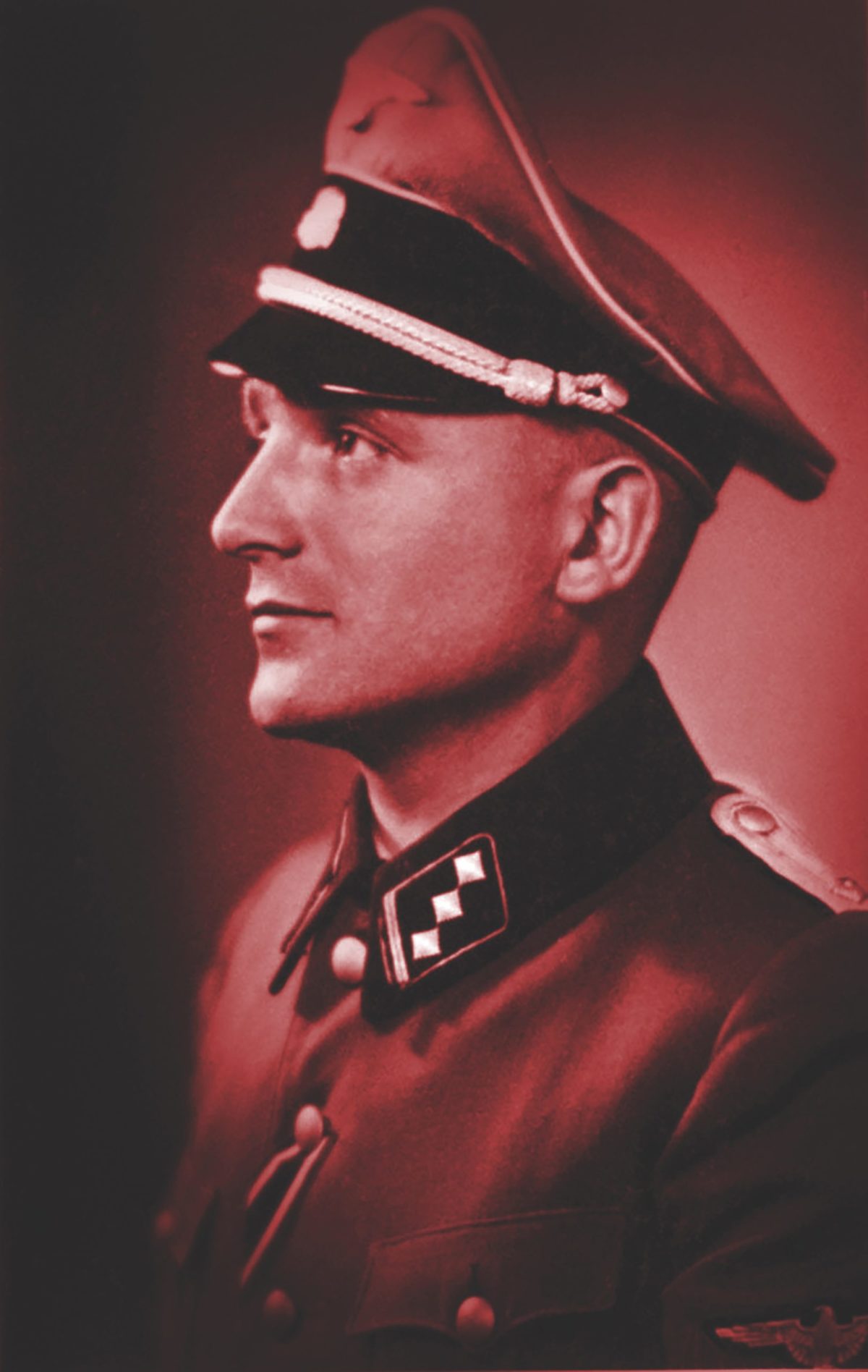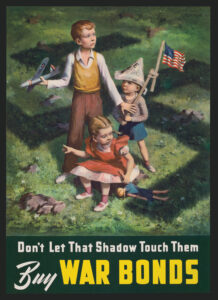KLAUS BARBIE was one of World War II’s most vicious Nazi criminals. An SS officer and head of the Gestapo in Lyon, France, beginning in 1942, Barbie was believed responsible for the torture and murder of at least 4,000 Jews and Resistance fighters. His cruelties earned him a reputation as the “Butcher of Lyon.”
Near the war’s end, as American and Allied forces began recapturing French soil, Barbie vanished—a 31-year-old Nazi fugitive scrambling into the darkness of a ravaged Europe. He remained a free man until early 1983, when Barbie was arrested and expelled from Bolivia to stand trial in France for crimes against humanity. Almost immediately, disturbing revelations began to emerge.
Six months after Barbie’s arrest, journalists and U.S. Justice Department investigators had uncovered many facts of Barbie’s postwar life, including that he performed intelligence work for Bolivia. Most shocking of all was that he had also performed secret counterintelligence work for the United States, and that just six years after the war’s end, in 1951, it was American soldiers who had helped Klaus Barbie and his family escape to South America—a clandestine mission that had remained locked in secret files at the State Department, CIA, and Pentagon for 32 years. Americans—myself among them—reeled in shock and disbelief. How could a country that had fought the Nazis protect one of their worst?
IN 1971, Beate and Serge Klarsfeld, a pair of Nazi hunters from Paris, traced Barbie to Bolivia and persuaded the French ambassador in La Paz to ask for his extradition. Bolivian dictator Hugo Banzer refused, even after Beate flew to Peru and Bolivia in early 1972 and made public appeals. Nevertheless, the episode stripped Barbie of his alias—Klaus Altmann—and his hiding place. Ten years later, there was another attempt to bring Barbie to justice.
On October 5, 1982, Bolivians swore in a new president, Hernán Siles Zuazo, a democratically elected politician determined to rid his country of Barbie’s malign presence. Working with French scholar and activist Régis Debray—a friend of the Klarsfelds—the new Bolivian Justice Minister, Gustavo A. Sánchez Salazar, began developing a plan. Three months later, on January 19, 1983, Barbie was arrested on a tax evasion charge and secretly held in La Paz. Near midnight on February 3, he was placed aboard a Bolivian C-130 military plane and flown 1,800 miles to Cayenne, French Guyana—the nearest French territory. Transferred to a French military jet, Barbie arrived in France on February 5.
I knew nothing of this a few days later when I answered my phone at ABC News headquarters in New York City. I heard a woman’s voice: “If you want to know anything about Klaus Barbie, call Bobby Wilson in Vancouver.”
It was Bettina Parker, a Dutch-born trading executive I had met several months earlier while preparing an obituary of Leonid Brezhnev, the ailing Soviet leader. Parker was blonde and witty, an attractive businesswoman in her mid-40s. She and Brezhnev had met at a trade fair in Moscow and, over the years, formed a cordial business friendship.
I had never heard of Klaus Barbie, even though I had lived for a year in France in the 1960s as a New York Times copy editor. I thought he might be too obscure a figure to interest ABC News viewers. The other name was unfamiliar, too.
“Who is Bobby Wilson?” I asked.
“He’s an international jewel thief,” Parker said, adding that Wilson and Barbie had met in Bolivia years earlier and become close associates.
Despite the novelty of finding a common criminal in the mix of a wartime narrative, I still wasn’t convinced there was a story to be told to American viewers. Then Parker dropped a pair of bombshells: she said Barbie claimed both a long working relationship with American counterintelligence and that he had escaped to South America with the help of U.S. soldiers—facts rumored about but unconfirmed at the time.
“And how,” I asked in mock disbelief, “does a respectable businesswoman named Bettina Parker come to know a jewel thief?” Her answer was bizarre yet believable: One summer evening in the early 1970s, Parker hosted a party at her vacation home in Cuernavaca, Mexico. Mingling among her many guests, she spotted a stranger and grew suspicious. She ordered him to leave, convinced he was looking for objects to steal. The next day she spotted him in a town park, and the two began talking. Something clicked, she said, and despite his admission that he was, indeed, casing her house, they became friends.
As Parker and I spoke, it quickly became clear that there was much more to learn from this bizarre linking of two diametrically different lives. When I reached Wilson by phone, he sounded credible—but this wasn’t enough for my boss, Jeff Gralnick, executive producer of ABC’s World News Tonight. How did we know he wasn’t a crackpot? I got back on the phone and asked Wilson what proof he possessed that Barbie had said what he claimed.
“I have audiotapes and pictures,” Wilson told me, “because I was planning to write a book, and I got his permission to record our conversations.”
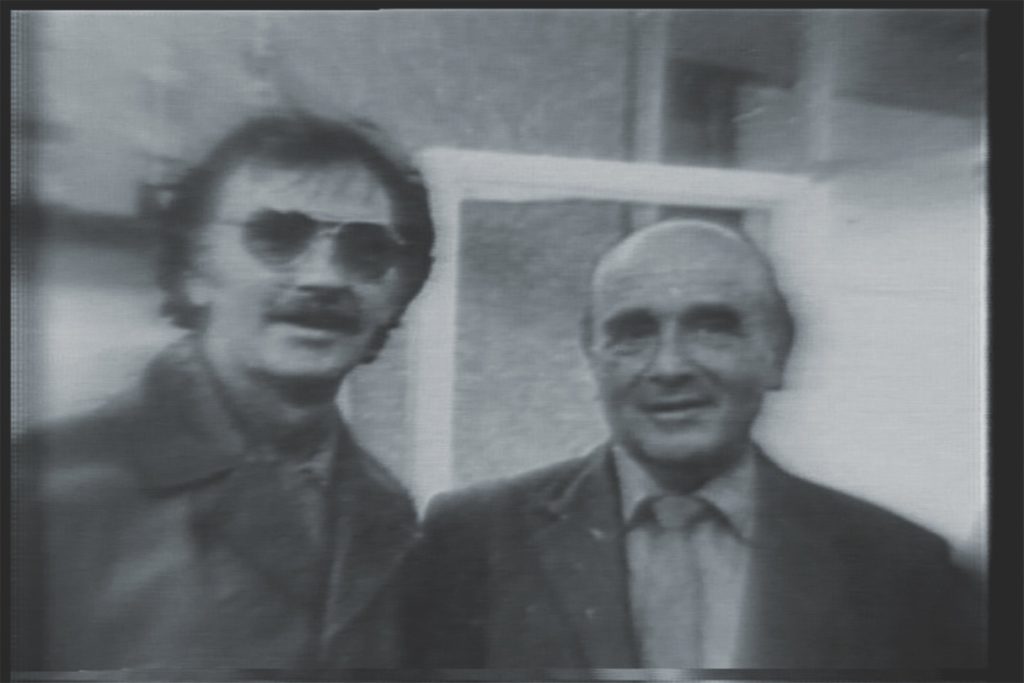
The next day, a producer, Sally Holm, and I flew west to join a cameraman and sound technician in British Columbia. By late afternoon, we were videotaping Wilson in his modest Vancouver apartment. Bespectacled, graying, bearded, and talkative, Wilson was willing to describe what amounted to a doctorate in crime. He explained that he met with Barbie over a three-year period after being introduced in 1972 by a wealthy, well-connected mutual friend whose contacts seemed to extend from dictators to drug cartels.
“I have a criminal background, for some 30 years,” Wilson began, “and [Barbie’s] obviously a very cultivated criminal. We felt very comfortable around each other.” So comfortable that by 1975, Barbie allowed him to tape-record their conversations.
Wilson handed me a cassette. I slipped it into my tape recorder and, as our camera rolled, we listened. Wilson had chosen a conversation in which Barbie, speaking in broken but understandable English, described his role in wartime torture in Lyon, including that of Jean Moulin, the popular leader of the French Resistance.
“The war history, that is true. That is absolutely true,” Barbie told Wilson.
In the 1950s, former intelligence agents had raised unconfirmed suspicions that Barbie had worked for U.S. intelligence in Germany and that he and his family had escaped to Bolivia with American agents’ help. What about that? I asked.
Wilson was emphatic. “They became very friendly towards him. And according to him, he struck a deal with them,” Wilson said.
When I asked if Barbie told him he had continuing contacts with American intelligence agencies—the CIA or others—in South America, Wilson said, “He told me that on a number of occasions, yes.” But when I asked for details, Wilson’s answer was maddeningly vague. “Well, he just used the term ‘I am on very friendly relationships with the Americans and have been.’ He mentioned the fact he’s been in New Orleans; he loved San Francisco,” Wilson said.
My story on World News Tonight on February 11, 1983, created a stir in Washington. Within days, 10 members of Congress wrote letters to the U.S. Justice Department calling for an investigation into how a wanted war criminal like Barbie might have been employed by the U.S. for several years and then secretly helped to flee to South America.
Nothing happened. Even after the New York Times sent one of its top correspondents, Ralph Blumenthal, to Vancouver to interview Wilson and report the same story, the Justice Department still resisted investigating.
“We are not the Department of History,” said United States Attorney General William French Smith.
The Times editorialized: “Is it really too much to ask the United States to admit or deny having shielded one of Germany’s most notorious war criminals from postwar justice in France?” it read. “Is it shame that ties our Government’s tongue?”
Weeks later, in response to a Freedom of Information request I had made, I received an Immigration and Naturalization Service document showing that Barbie, under the name Klaus Altmann, had visited Miami at least once in the 1970s. That night, as I prepared to report the story, I got an idea. I called Allan Ryan, head of the Department of Justice’s Nazi-hunting agency, the Office of Special Investigations (OSI). When I told him what I planned to report and asked if the department still had had no intention of investigating, he said that he would call me back.
Ryan, who had been the OSI’s director since its establishment in 1979, described what happened next in a 1984 memoir of his career, Quiet Neighbors: Prosecuting Nazi War Criminals in America. Taking my question to mean I thought a coverup was underway, he called the press secretary for Attorney General Smith to tell him what I planned to report. A half-hour later, the press secretary called back to say that Smith was authorizing the investigation.
“I was jubilant,” Ryan wrote, “but the first thing I did was to call the correspondent back. I told him of Smith’s decision, and he re-taped the story five minutes before airtime. An embarrassing jab at the attorney general—and, more importantly, the Department of Justice—was averted at the last possible moment, and all it cost was a decision that should have been made two weeks before.”
Ryan’s mildly funny conclusion: “Thus are wise decisions reached in the executive branch of government.”


WHAT THIS TOLD ME was that without the U.S. Freedom of Information Act, Bettina Parker’s tip, and Bobby Wilson’s shocking allegations, there would likely have been no official examination of one of America’s most dishonorable actions.
Instead, Ryan led a fact-finding team that meticulously uncovered Barbie’s transformation from World War II Nazi barbarian to Cold War counterintelligence wizard. In their 141-day investigation, a Justice Department team revealed Barbie’s horrific exploits in Lyon in 1943-44 and his employment by the U.S. Army Counter Intelligence Corps (CIC) from 1947 to 1951, when he recruited counterspies to infiltrate the ranks of Communist intelligence agencies working in the West from France, Britain, and the Soviet Union and its satellite states. The report also detailed how American agents shielded Barbie from capture by French prosecutors and aided his and his family’s escape to South America after they discovered that his war crimes were more serious than originally understood.
As Ryan emphasized, “Officers of the United States government were directly responsible for protecting a person wanted by the government of France on criminal charges and in arranging his escape from the law.”
But why? Why was Barbie shielded from French prosecutors and spirited away by American agents? The reason appears to be twofold:
First, a desire to hide from the French a secret American decision to spy on French counterintelligence agents operating in postwar Germany and France, spurred by the idea that Communists had infiltrated their ranks. Second, to shield the United States from condemnation by its allies for employing a notorious Gestapo fugitive.
In his final report on August 2, 1983, OSI Director Ryan left no doubt about the ominous moral implications: “For the United States Government to have collaborated in any way with former Gestapo officers was, at the least, a grave misjudgment that, however unwittingly, betrayed those who had died fighting Nazism or falling victim to it. To actually employ a man who had been the leader of the Gestapo in a city in France, and to rely on him to advance the interests of the United States, was incomprehensible and shameful.”
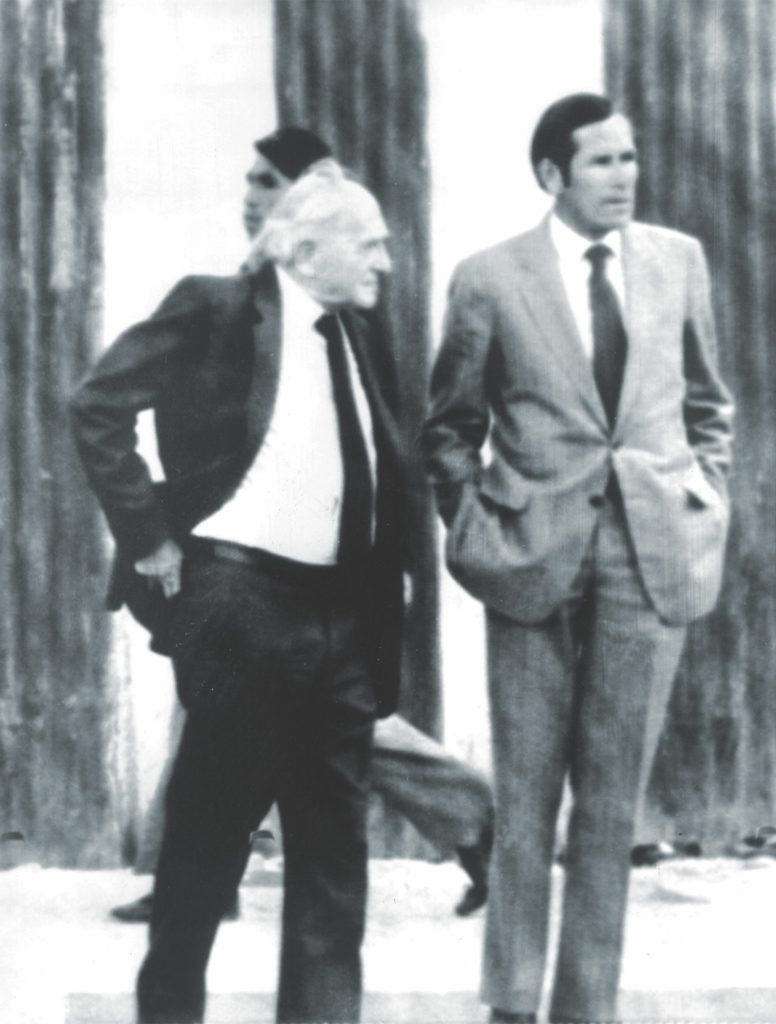
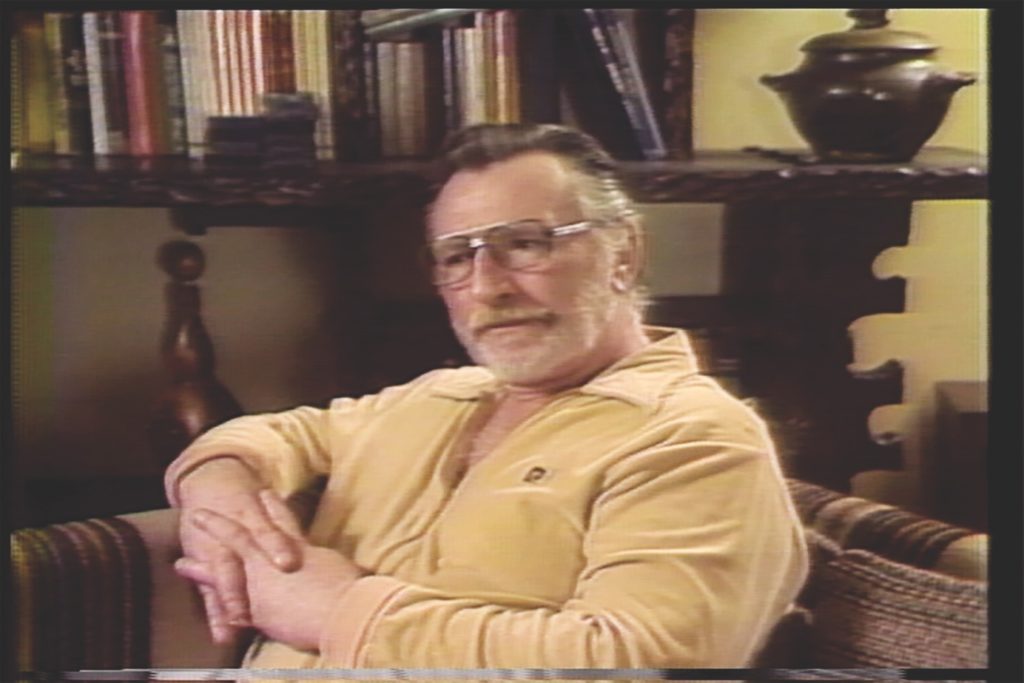
TO UNDERSTAND HOW shameful it was to spirit Klaus Barbie away to South America, consider some of the atrocities he and his men were accused of committing as World War II swirled around them:
In February 1943, Barbie led a group of Gestapo agents into the Lyon headquarters of the Union General of Jews in France. They arrested 86 people inside and immediately shipped them to the Auschwitz death camp in German-occupied Poland.
In March 1944, a Resistance worker named Lise Lesevre was arrested at a Lyon train station carrying compromising papers. Questioned by Barbie, she refused to answer and, according to one detailed account, “he struck her across the face with his fists.” Later she was stripped and “hung from a beam by the manacles on her wrists as Barbie lashed her with his riding crop.” Days later, she still refused to answer questions. She fainted after a particularly vicious session; when she came to, a smiling Barbie told her, “Well done, my dear. No one has ever held out as long as you. It’s nearly over now.” Lesevre was then pushed down into a tub of icy water until she felt that she would rather commit suicide than endure another session. Lesevre survived, escaped, and went on to testify at Barbie’s 1987 trial in France.
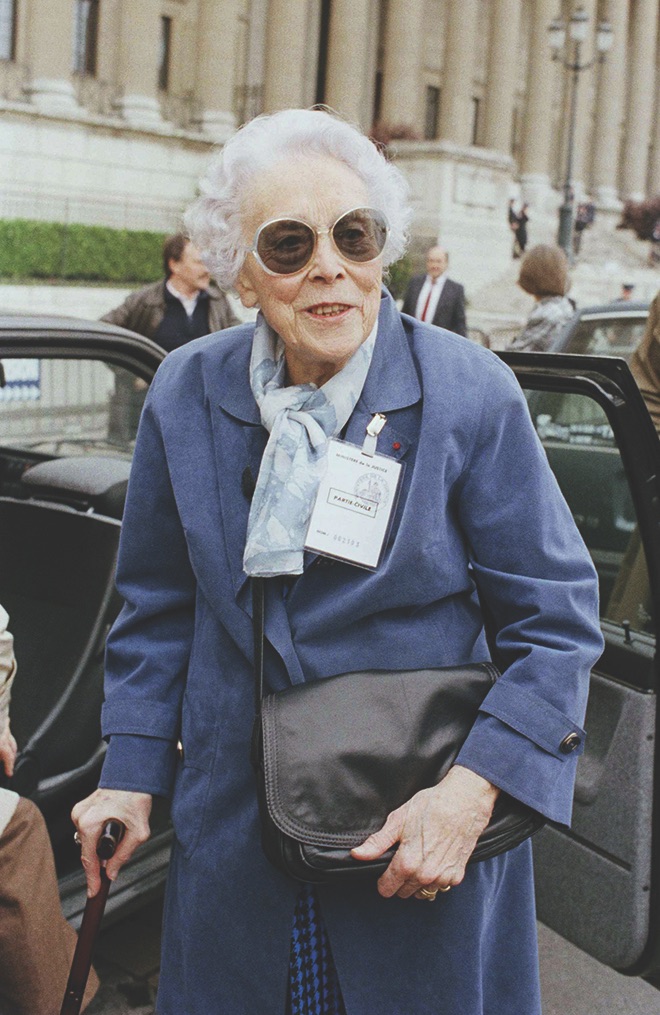
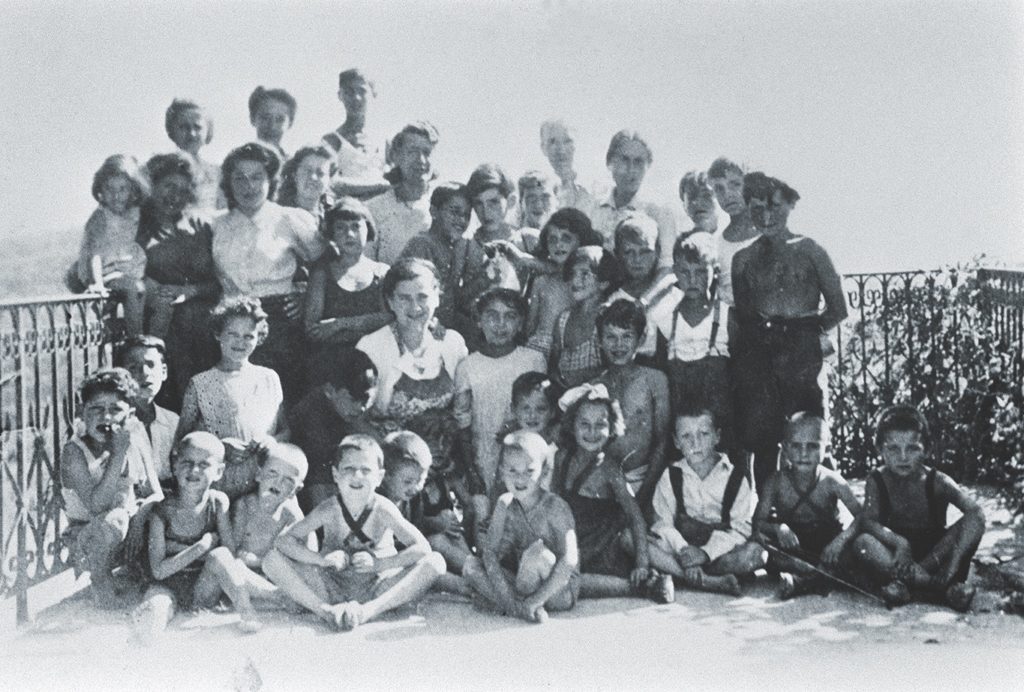
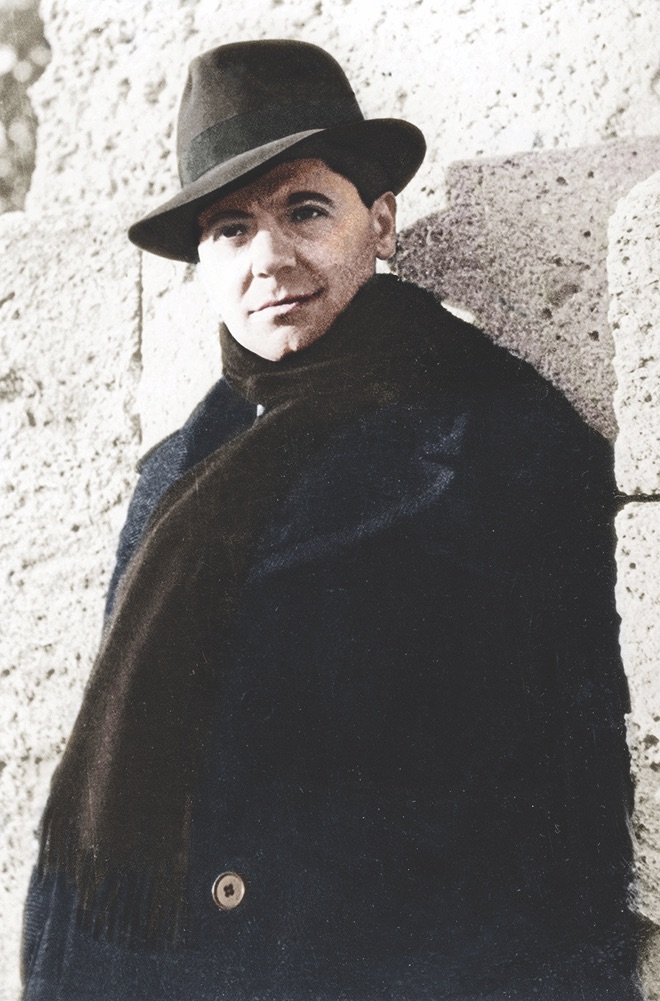
“He was a monster,” recalled a Resistance fighter quoted by Ryan. “He struck with no hesitation. He stopped when we fainted. Then he made us come to by kicking us in the stomach, in the kidneys and abdomen.”
“He did not touch me,” said another ex-prisoner, “he only looked on” as his men burned the prisoner’s feet with a hot iron.
On April 6, 1944, on Barbie’s orders, 44 children and their seven supervisors from Izieu, a Jewish orphanage north of Lyon, were forced onto trucks, driven away, and then put on trains to Auschwitz.
On August 20, 1944, Barbie’s men handcuffed 110 prisoners suspected of Resistance activities and shot them to death with machine guns, burned their bodies, and then, without explanation, dynamited the house where they had been held captive.
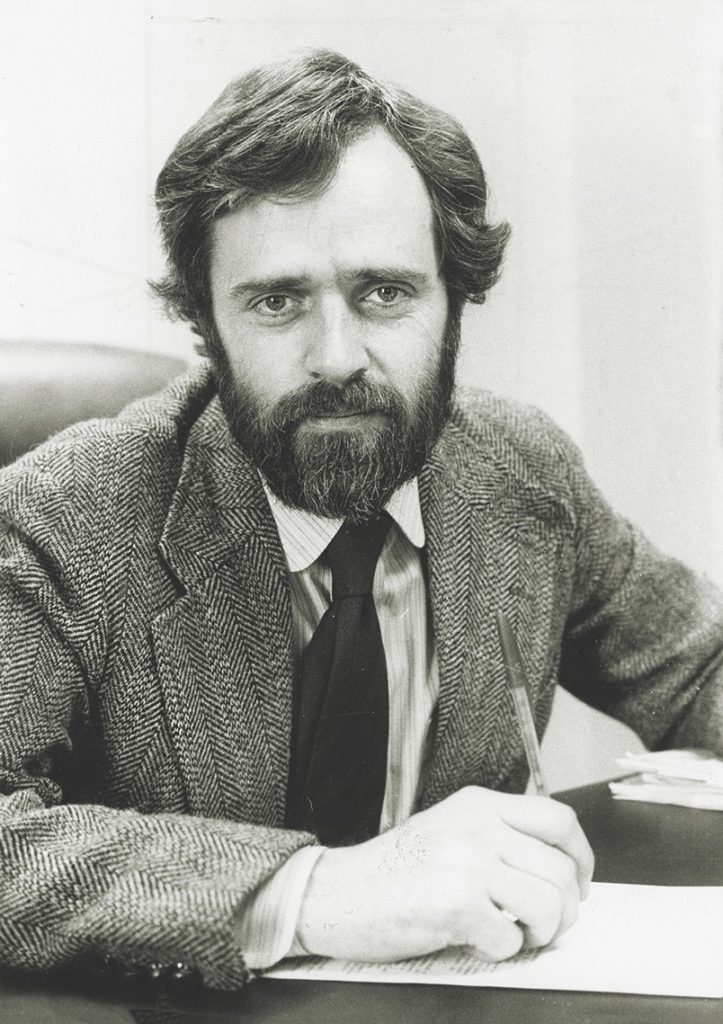
TO UNDERSTAND WHY American counterintelligence agents were willing to employ a loathsome Nazi fugitive, consider the dawn of the Cold War: Enemies became allies almost overnight as the Western powers saw a looming threat from the Communist world. Soviet forces clamped down in Eastern Europe. Would France, Belgium, and the Scandinavian nations fall in elections to Communist political parties?
Winston Churchill saw an “Iron Curtain” descending on the continent, closing off nearly a dozen states—including Poland, Hungary, Czechoslovakia, and a chunk of Germany, plus Bulgaria and Romania.
In China, a Communist regime took over from a Nationalist ally of the United States in 1949, and parts of Southeast Asia became Communist allies or were dominated by repressive regimes. “Who lost China?” was a rallying cry of conservative ideologues.
Some of this fear was fed by paranoia, and some by solid analysis. Whichever it was, the moment produced a counterintelligence pivot within a matter of months after the end of the war. In the rush to recruit skilled agents, Barbie presented himself as shrewd and immensely capable.
An American CIC agent, Robert Taylor, made the first contact with Barbie. Taylor had been introduced to Barbie by Kurt Merk, also on the CIC payroll and formerly a specialist with the Abwehr, the German wartime military intelligence service. Merk told Taylor he had bumped into Barbie in a train station and remembered him as “one of the best counterintelligence men in France during the German occupation.” Taylor said he recognized Barbie’s name from a wanted fugitive list but decided, along with his CIC commanding officer, Lieutenant Colonel Dale Garvey, to hire him without telling their superiors.
The reason? Both men saw the emerging confrontation with Communist nations, involving spies and military forces, as beyond their ability to contain. They needed help to confront their Cold War counterintelligence adversaries.
At the end of World War II, there had been enormous pressure to get American troops who had served for years home and out of uniform. Their American replacements were inexperienced; German war veterans, professing strong anti-Communist beliefs, seemed perfectly suited to step into intelligence work. A New York Times correspondent and columnist, Drew Middleton, had observed in 1945 that the “American officials who selected and hired them were often ignorant of the complex issues involved, unfamiliar with the German language and Germany’s history, and, in many cases, favorably impressed with the cleanliness and friendly manner of the Germans they came in contact with.”
Even by the late 1940s, not all U.S. counterintelligence officers knew of Barbie’s war crimes, and many of those who did know felt he had become far too knowledgeable about American spy operations to turn him over to the French, who had begun to seek his extradition for war crimes in Lyon.
OSI Director Ryan said that “any attempt to jail him at that point would have risked the prospect that if he escaped, he would go to the French or British—and carry all his CIC secrets with him.”
Eugene Kolb, one of Barbie’s supervisors, was unaware as late as April 1947 that Barbie was a fugitive. He told me at his home in Maine in 1983 that “there were no charges of war crimes against him at the time.” He saw Barbie as an important asset. He was “damn useful and damn good at it.”

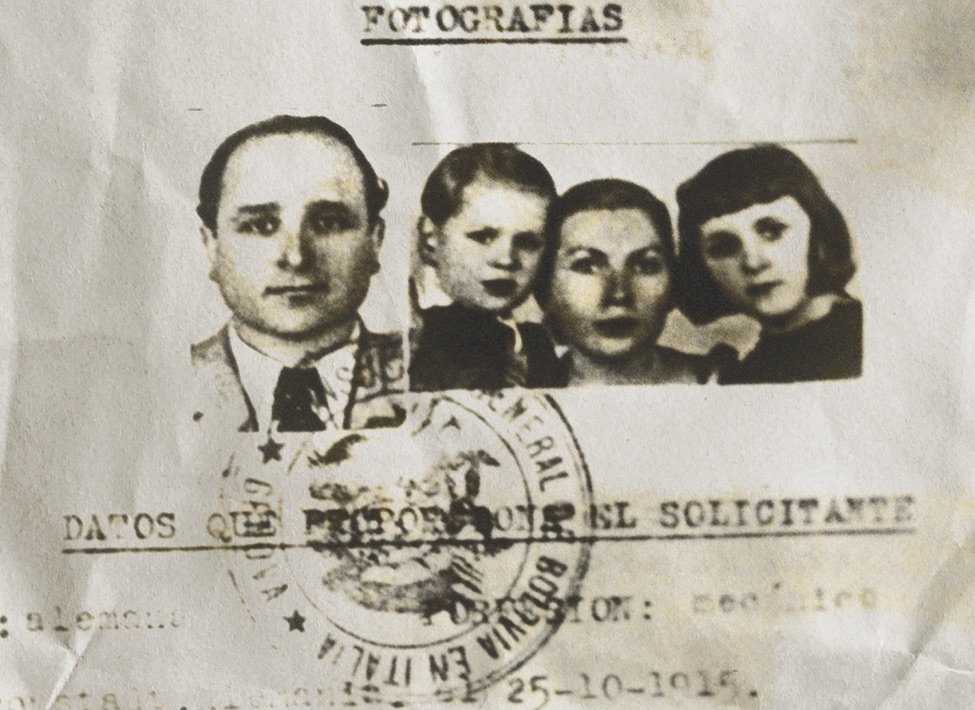
Even so, Barbie’s potential for drawing condemnation on the United States because of his war crimes was why the U.S. Army’s 430th Counter Intelligence Corps jumped at the chance to use the so-called “Rat Line” to remove Barbie from its ranks and from Europe in 1951. On March 9, two U.S. Army CIC officers boarded a train in Augsburg, Germany, bound for Salzburg, Austria. Onboard with them were Klaus Barbie; his wife, Regine; daughter, Ute Regine, 6; and son, Jorge, 2. On the 12th, the family, now unaccompanied, boarded a train from Salzburg to Genoa, Italy. There, a Croatian Catholic priest, Krunoslav Draganovic, met them and helped them secure forged travel documents paid for by the U.S. Army. Then, on March 22, 1951, the family sailed for South America, arriving in Buenos Aires on or around April 23. From there, the family—now known as the Altmanns—traveled onward to Bolivia, where they met their immigration sponsor, another Croatian priest, Father Roque Romac.
BUTTRESSED BY NEARLY 600 PAGES of previously classified documents, the 1983 Ryan report made its way through a bureaucratic labyrinth. It soon became clear that the statute of limitations had long ago lapsed: while France could still prosecute Klaus Barbie for crimes against humanity, the U.S. could not prosecute the American soldiers who had helped him. But the circumstances were so grave, Ryan argued that an exceptional act of contrition was needed. Thus, the United States was led to make a graceful and extraordinary statement of apology to France’s government and citizens as they prepared for Barbie’s trial.
“Whatever the verdict,” Ryan wrote, “his appointment with justice is long overdue. It is a principle of democracy, and the rule of law that justice delayed is justice denied. If we are to be faithful to that principle—and we should be faithful to it—we cannot pretend that it applies only within our borders and nowhere else. We have delayed justice in Lyon.”
The reaction in the United States and France was swift and powerfully positive. “How rare it is for a proud and powerful nation to admit shabby behavior,” read an editorial in the New York Times. “Shameful as the episode was, the admission of blame the United States made—first to itself and then to France—goes far to redeem national honor.” The editors endorsed Ryan’s conclusion: “Mr. Ryan argues eloquently that expediency is not the only guidepost [and his] report summons the courage to say that the United States is sorry.”
The French Minister of Justice wrote to Attorney General Smith to praise Ryan’s report: “This particularly rigorous work reveals a concern for the investigation of the truth that honors your country.”
My favorite note came from Allan Ryan himself. Inside the cover of my copy of Quiet Neighbors, his book about the investigation, he wrote: “To John Martin…who cracked the Barbie case while I took all the credit.”
IN AN UNEXPECTED WAY, an improbable friendship between a jewel thief and a war criminal had enabled the United States to find an honorable conclusion to its dishonorable dealings at the end of the war. Bobby Wilson’s revelation was a prime reason that the U.S. Department of Justice dropped its resistance to investigate.
Wilson, though, did not accept one Ryan conclusion: “There is no indication that Barbie ever reported to the CIA, was employed or paid by that agency, or was notified, directly or indirectly, of matters that the CIA wished to gather material on,” Ryan wrote. “Interviews of CIA officials were consistent with this fact.”
Wilson was convinced—as he noted in the book he eventually did write, 1984’s The Confessions of Klaus Barbie, the Butcher of Lyon—that Barbie and the CIA had maintained a working relationship for many years in South America, although he was unable to come up with supporting evidence.
Barbie’s role in Bolivian intelligence is better-established. It began when Bolivian dictator René Barrientos seized power in 1964 and extended to 1978 and beyond, into the rule of his more notorious successor, Hugo Banzer. A team of British journalists who interviewed Bolivian government officials in the wake of Barbie’s expulsion found that he had been given the use of an office in the Ministry of Interior and worked with Department 4, the intelligence section of the Bolivian army. That was the unit that monitored political opponents of the government—targets who soon suffered treatment similar to members of the French Resistance.
In 1987, four years after he was expelled and returned to France, Barbie was convicted in a French courtroom of wartime crimes against humanity and sentenced to life in prison. He died of cancer at age 77 in Lyon’s Montluc prison in 1991.
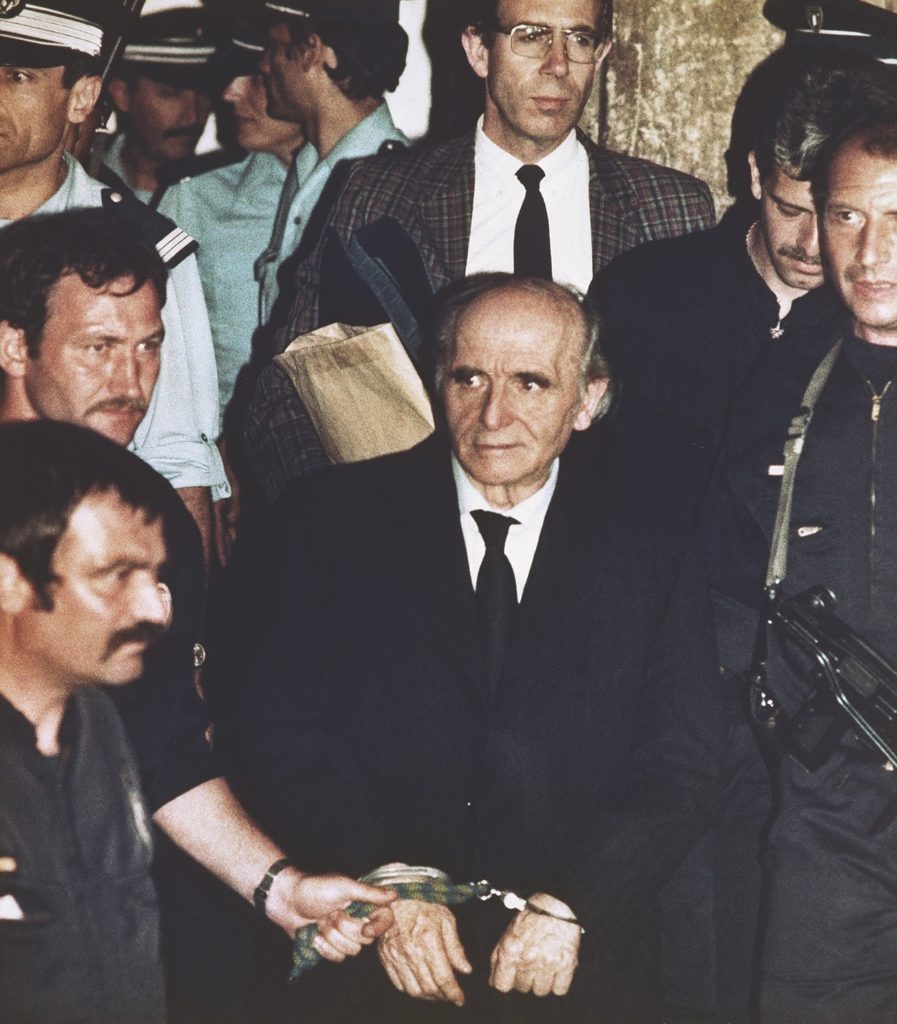
I am proud to have played a role in reporting his story. Proud that it prodded my country to do the right thing. And grateful to have received the help I needed from two remarkable people—Bettina Parker and Bobby Wilson—to break the story. That Klaus Barbie escaped justice for more than three decades represents a black mark in the immediate post-World War II history of the United States—yet his story also represents a refreshing willingness by a powerful country to admit a mistake and apologize in an honorable fashion. ✯
This article was published in the February 2020 issue of World War II.

